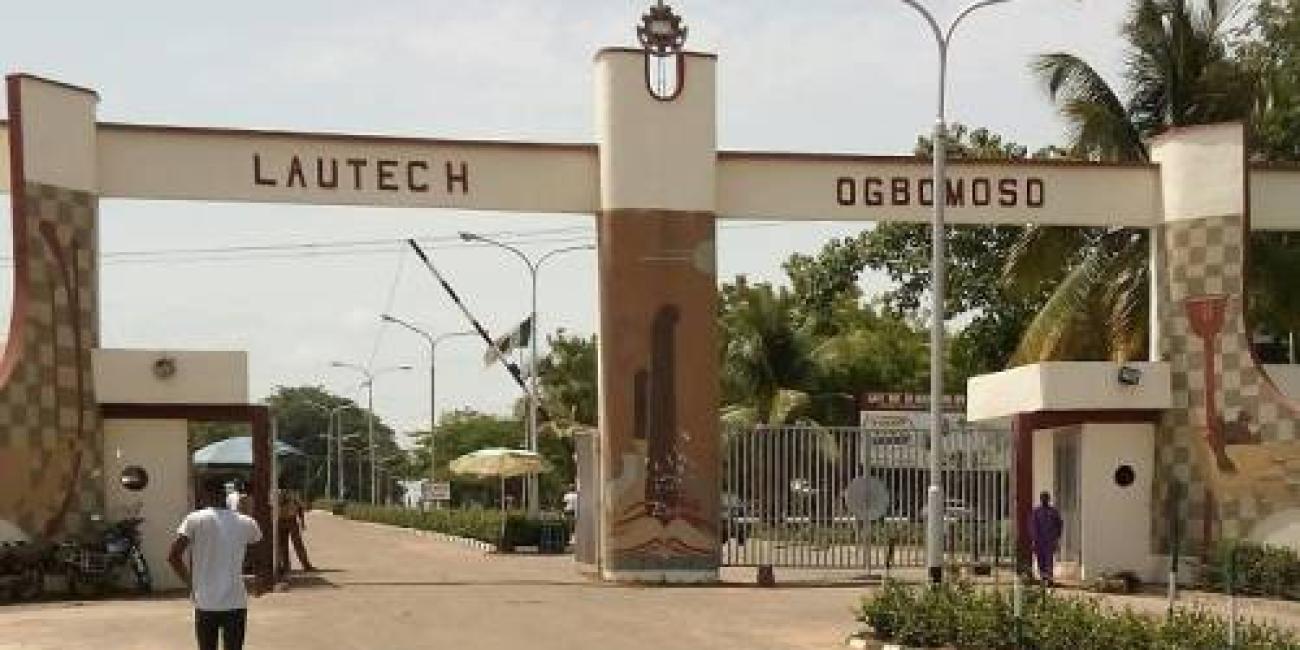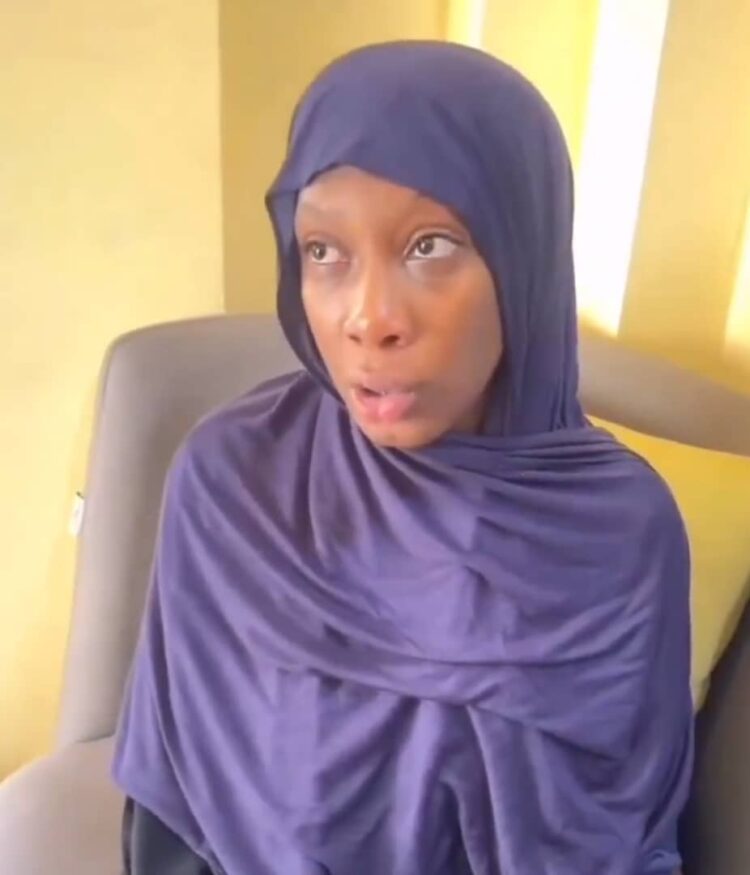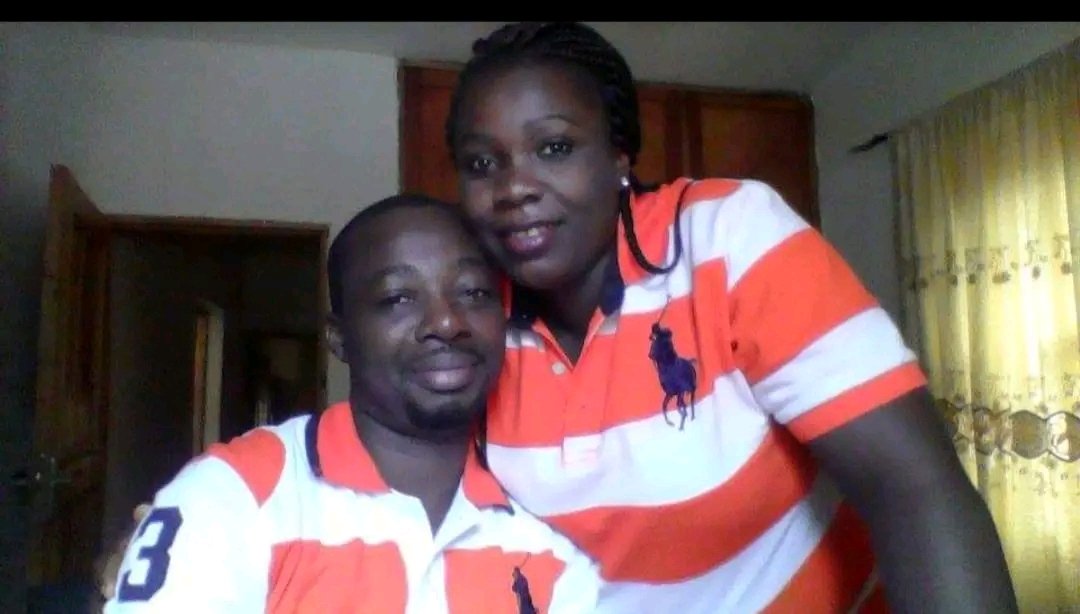HEALTH MATTERS: Convulsion In Children [Giri In Yoruba]
![HEALTH MATTERS: Convulsion In Children [Giri In Yoruba]](https://www.osundefender.com/wp-content/uploads/2018/06/SEIZURE.png)
![HEALTH MATTERS: Convulsion In Children [Giri In Yoruba]](https://www.osundefender.com/wp-content/uploads/2018/06/SEIZURE.png)
Convulsion in children which medically is known as febrile seizures always present itself in children below the age of 5 years. It has been proven that it often occurs with high fever which is usually one of the symptoms of a malaria infection.
Febrile seizures (febrile convulsions) are fits that can happen when a child has a fever. They most often happen between the ages of six months and three years. It can be a frightening and distressing experience to see your child having a seizure, particularly if it is their first one.
However, the fits are usually harmless and almost all children make a complete recovery afterwards.
As a precaution, you may still need to take your child to see a Paediatrician at the nearest hospital.
Signs of a febrile seizure
A febrile seizure usually lasts for less than five minutes. The child will become stiff and their arms and legs may begin to twitch and lose consciousness. Under this condition, the child may wet or soil themselves. The child may also vomit and foam at the mouth, and their eyes may roll back.
After the seizure, the child may be sleepy for up to an hour afterwards. A straight forward febrile seizure like this will only happen once during the child’s illness. To avoid this, parents should have portable thermometers at home with which to take and monitor the child’s temperature.
Occasionally, febrile seizures can last longer than 15 minutes and symptoms may only affect one area of the child’s body.
These are known as complex febrile seizures. The seizure sometimes happens again within 24 hours or during the period in which the child is ill.
What to do during a febrile seizure
- If you observe that your child is having a febrile seizure, the first thing to do is to place the child in the recovery position. Stay with your child and try to make a mental note of how long the seizure lasted.
- Do not put anything into your child’s mouth during a seizure, including medication. There is a slight chance they might bite their tongue.
iii. While it’s unlikely that there’s anything seriously wrong, it is important to get your child checked.
- If your child has had febrile seizures before and the seizure lasts for less than five minutes. You should also contact your doctor if your child shows signs and symptoms of dehydration, a lack of fluid in the body.
Dehydration symptoms include: a dry mouth, sunken eyes, a lack of tears when crying, a sunken fontanelle – the soft spot usually found at the top of a young child’s head.
Seeing a doctor
Febrile seizures can often be diagnosed from a description of what happened. It is unlikely that a doctor will see the seizure, so it is useful to note these questions that the doctor may likely ask: how long the seizure lasted? What happened? [Such as body stiffening, twitching of the face, arms and legs, staring, and loss of consciousness], whether the child recovered within one hour? Whether they have had a seizure before?
Further tests, such as a blood or urine sample, may be needed if the cause of the child’s illness is not clear to the doctor.
It can sometimes be difficult to get a urine sample from young children, so it may have to be done in hospital.
Further testing and observation in hospital is also usually recommended if your child’s symptoms are unusual or they are having complex febrile seizures, particularly if they’re younger than 12 months old.
The tests that may be recommended include:
An Electroencephalogram (EEG). This measures the child’s electrical brain activity by placing electrodes on their scalp; unusual patterns of brain activity can sometimes indicate epilepsy.
A lumbar puncture. Where a small sample of CerebroSpinal Fluid (CSF) is removed for testing; CSF is a clear fluid that surrounds and protects the brain and spinal cord.
A lumbar puncture can be used to determine whether the child has an infection of the brain or nervous system.
Causes of febrile seizures
The cause of febrile seizures is unknown, although they are linked to the start of a fever, a high temperature of 38C (100.4F) or above. There may also be a genetic link to febrile seizures; the chances of having a seizure are increased if a close family member has a history of them.
In most cases, the high temperature is caused by an infection. Common examples are chickenpox, flu, a middle ear infection or tonsillitis.
In rare cases, febrile seizures can occur after a child has a vaccination. Research has shown children have a 1 in 3,000 to 4,000 chance of having a febrile seizure after having the MMR vaccine.










